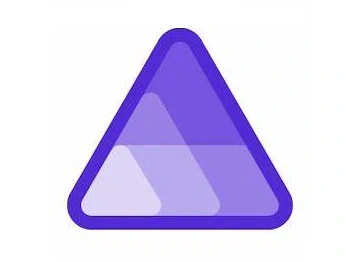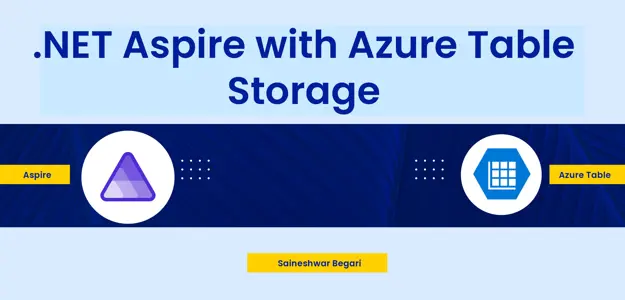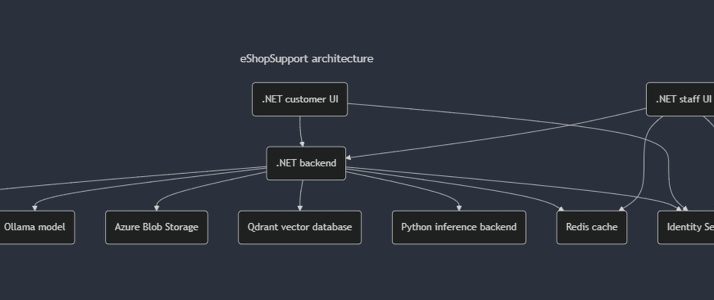.NET Aspire Tutorials
Microservices At Your Own Pace with NET Aspire and Azure Container Apps
📩 In this session, Jiachen Jiang breaks down the complexities of microservices, discussing both the pros and cons of using them. He provides valuable insights into how Azure Container Apps and .NET Aspire can help developers navigate these complexities, especially in cloud-native environments, making microservices more accessible and manageable.
.NET Aspire for Mobile Apps?!
In this video I will show you how to get started with .NET MAUI and .NET Aspire and how that can make your life a lot easier. I'd love to hear from you if this is something you would want to see supported and if and how its working for you if you decide to try it.
Integrate MySQL database with .NET Aspire
Authorised Territory code examples - This .NET #tutorial shows how to integrate MySQL database with #dotnet aspire.
Demystify cloud-native development with .NET Aspire
Explore the groundbreaking .NET Aspire technology stack designed for cloud-native development. We'll start from the basics - what even is cloud-native development?! - and then explore various aspects of Aspire including Orchestration, Components, Tooling and more. We'll cover what's new from .NET 9 and what's coming in the future! We'll also show you how to plug in Aspire to your existing projects, from a single piece to the whole pie.
On .NET Live - Hands-On with .NET Aspire 9.0
.NET Aspire keeps getting better! In this week's episode, community MVP Viswanatha Swamy shows us what's new with .NET Aspire 9.0, including key improvements in tooling, dashboard, and telemetry.
.NET Aspire Integration Testing Quick Start | Practical .NET
This blog post covers setting up integration testing with .NET 8. Things may work differently in .NET 9 - ie something that you need to explicitly declare in .NET 8 may be implicit in future versions.
How to integrate .NET Aspire with Azure Data Table - Tutexchange
In this article we are going learn how to integrate Azure Data Table with .Net Aspire as you know .Net Aspire is used to build cloud-native applications.
.NET Aspire to Kubernete
.NET Aspire makes it easy to build cloud-native apps. It gives developers a set of tools and patterns wrapped up in NuGet packages, so they can create apps that work well in the cloud without hassle. In this session, we walk through development to deployment, build a project from scratch with .NET Aspire, and deploy it to Kubernetes
How to view Semantic Kernel telemetry in .NET Aspire dashboard
Authorised Territory code examples - This .NET #ai #tutorial shows how to add telemetry data to Semantic Kernel application and view the data in #dotnet Aspire dashboard
Generating architecture diagrams from .NET Aspire resources at publish time
Use the new relationship capabilities in .NET Aspire 9.1 to build a custom Mermaid exporter for generating architecture diagrams that are always up-to-date.










